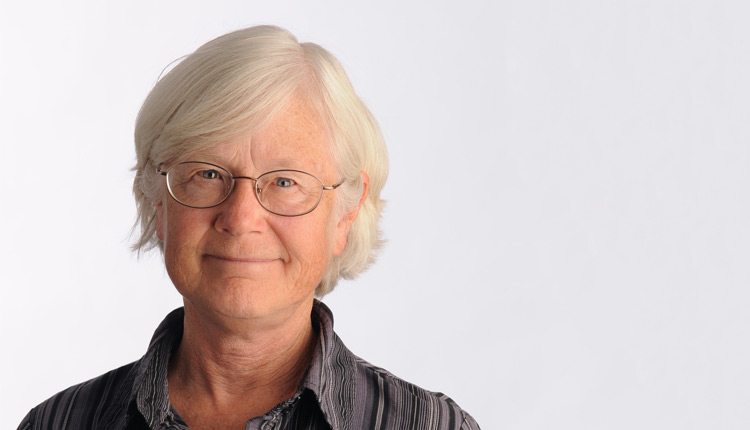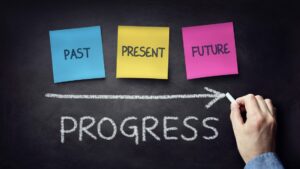PanAmerican Seed’s vegetable crop director Ellen Leue chats about her career choices, why she loves to eat peppers, and what she’s got lined up on her Netflix queue these days.
Seed World: Favorite film?
Ellen Leue: It depends on my mood. I love intriguing, complicated movies like “Memento” when I am not going to be distracted. If I am feeling creative, anime/fantasy, like “Spirited Away” is what suits. If I just want to forget the world and laugh, “LA Story” or “Toy Story 3” might be on the program. Hmm, I think I will put “Toy Story 3” on my Netflix queue right now …
SW: Why vegetable breeding?
EL: My godmother had this fantastic place in Massachusetts, 200 acres of woods and streams, sitting on the biggest piece of land non-traversed by road in the state. There, I was allowed to run wild from an early age, and learned to love nature.
My grandfather was a doctor, and we’d take walks and collect samples of just about anything — rocks, bugs, plants — and look at them under the dissecting scope, seeing their hidden beauty. My grandmother was a great gardener with big perennial flower beds and a huge vegetable garden. I visited them often and stayed one whole summer.
When I got to Cornell University, the class that challenged and fascinated me most was genetics, but I was also drawn to growing things. I got myself an adviser in the department of vegetable crops. The turning point for me was after my sophomore year when I got a summer job under the famous vegetable breeder, Henry Munger. I realized I could combine all the things I loved into the profession of plant breeding — and never looked back.
SW: Favorite vegetable?
EL: I like every vegetable I have tried but I’d have to say peppers are my favorite. They have a surprisingly wide variation in flavor.
SW: What do you want people to know about vegetable breeding?
EL: That there is still a lot to be done! We can innovate tremendously, which was a surprise even to me. You’d think, with a cultivation history measured in millennia, that all the variation and types would be already available. But by recombining some of the best features of modern varieties, heirlooms and obscure genetic stocks, we can bring great new value.
SW: What do you feel your biggest accomplishment is?
EL: Probably seedless peppers (from seed), which we are beginning to trial with growers. This was a very challenging project from a genetics and testing standpoint. We had to work with a very tricky source of cytoplasmic male sterility, a natural variation found in the 1950s in India, and combine it with parthenocarpy (the development of a fruit without prior fertilization). Dealing with traits that are normally invisible when you have to make the selection — like parthenocarpy, or restorer genes — is always cumbersome.
SW: Top 3 goals for 2017?
EL: No. 1 is to use our proprietary seed technology to create uniform mixed salad pellets for the hydroponics industry. No. 2 is to get the real-world grower to test of our seedless pepper prototypes … No. 3 is to determine the market potential of a super sweet cherry tomato we have, that has a completely new texture and a great disease resistance package for protected culture. A fourth goal, if I may add one, is to work more closely with our university partners and bring some of their fantastic work to market. There are some really creative public breeders out there whose goals are closely aligned with ours.














